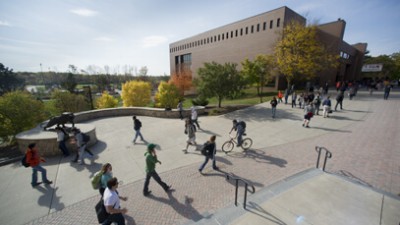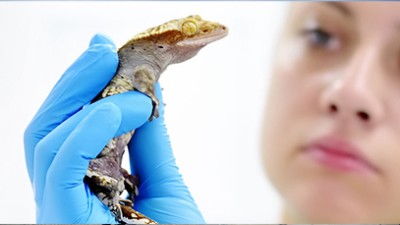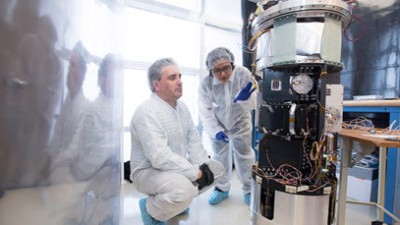
Lishibanya Mohapatra
Assistant Professor
Lishibanya Mohapatra
Assistant Professor
Bio
Just like human bodies have organs to complete various biological functions, cells have distinguishable subcellular parts called organelles, each specifically designed for its own specialized tasks. My group uses math, physics and computation to study how cells measure and control the size of their organelles.
Select Scholarship
National Institute of Health
Amount: $ 1.77 million
Currently Teaching
In the News
-
March 14, 2025

RIT recognizes faculty-researchers for innovative projects and funding milestones
Researchers who contributed to RIT receiving nearly $103 million in sponsored research awards during the past fiscal year, including 10 faculty members who reached or surpassed $1 million this past fiscal year, were inducted into the yearly classes of PI Millionaires.
-
May 8, 2023

Squishing the barriers of physics
Four RIT faculty members are opening up soft matter physics, sometimes known as “squishy physics,” to a new generation of diverse scholars. Moumita Das, Poornima Padmanabhan, Shima Parsa, and Lishibanya Mohapatra are helping RIT make its mark in the field.
-
September 16, 2022

NIH funds new RIT-led study to explore how living cells regulate the growth of organelles
Lishibanya Mohapatra, an assistant professor at RIT’s School of Physics and Astronomy, hopes that a better understanding of how living cells maintain the size of their organelles can lead to therapies for neurodegenerative diseases. She earned a five-year, $1.7 million grant from the National Institutes of Health to study how cells control the size of organelles.
-
October 17, 2022
RIT hosts Upstate NY soft matter workshop




